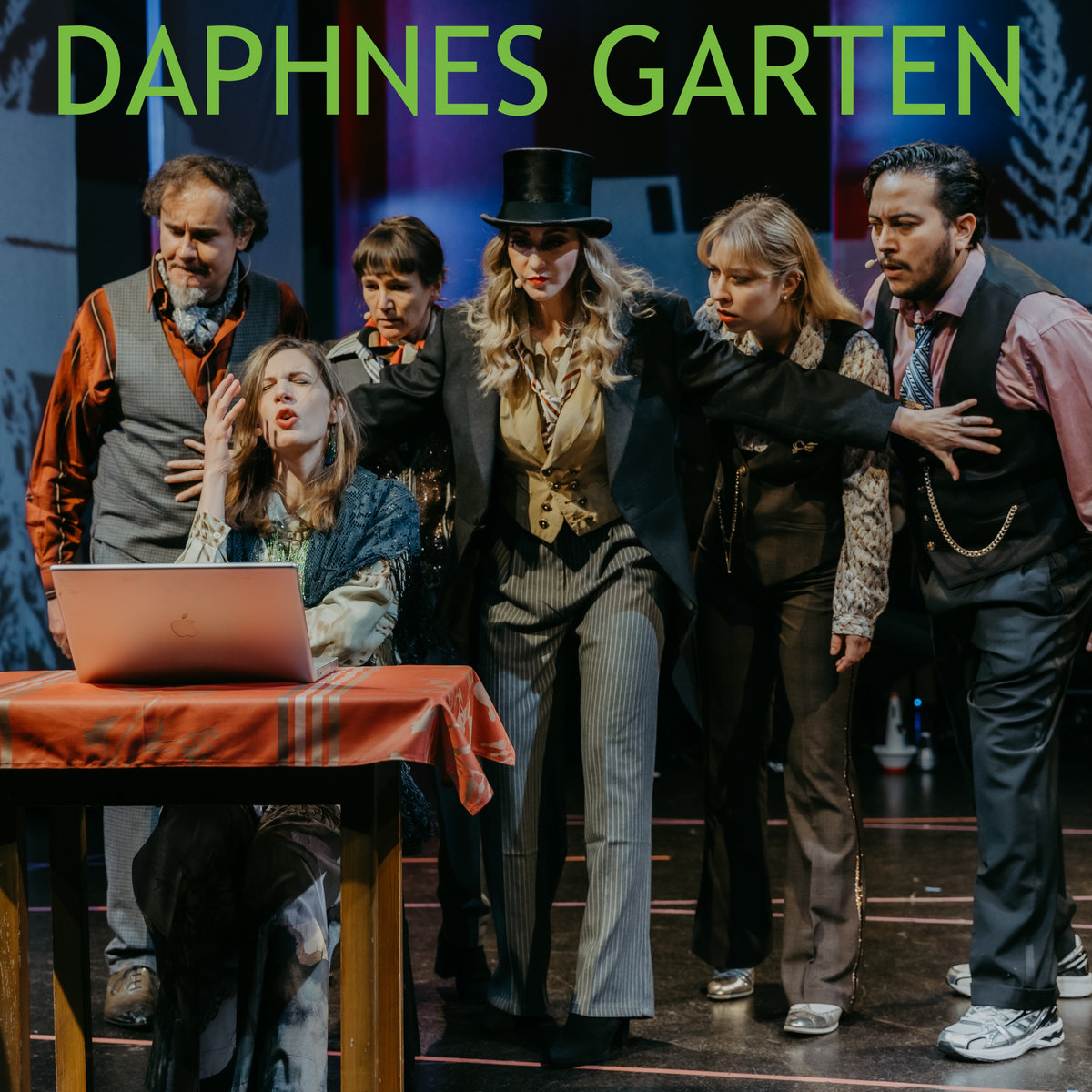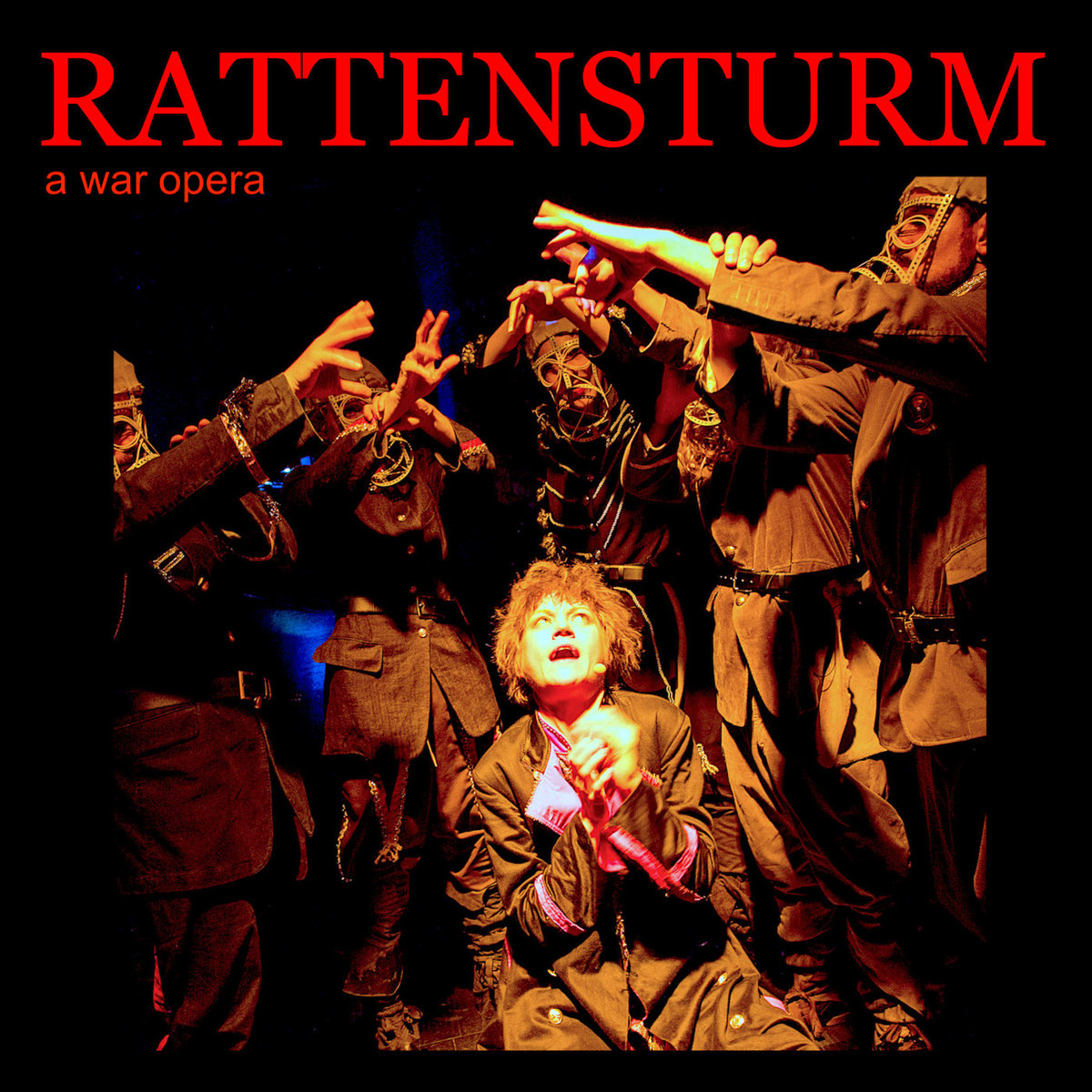Wednesday, April 16, 2025
Sunday, March 23, 2025
Daphnes Garten and Rattensturm - out now
The recording of Daphnes Garten has just been released on Spooky Pooch, available in a variety of digital formats on bandcamp, packaged along with the libretto in German and English, telling the story of the murder of the journalist Daphne Caruana Galizia.
This is the third opera of mine that has premiered in its German version, after two that have been performed in German translation. The recording of the previous - Rattensturm - came out a few years ago, not mentioned here before, so maybe it's time for that as well.
World War I began with the poets, inviting young men in the name of duty and country to feed themselves into the insatiable maw of Verdun, Isonzo, and Ypres. Rattensturm (a storm of rats) is a film of an opera as beautiful history lesson, telling the story of the sinking of the battleship Szent István, while the rats sing of the glories of death and destruction. Be careful who you listen to.
Saturday, February 22, 2025
Queer
The buzzy advent of the so-beautifully filmed Queer movie by Luca Guadagnino has revived my own adventure with Burroughs's soul-baring autobiography. Originally an aside to fill my evenings while wrassling the funding for the Bisso/Wold sword-and-sandal-and-ridiculously-epic Sub Pontio Pilato, it has become one of my favorites, and the favorite of a number of people around me, to the point of changing their lives, e.g. my long-time artistic partner Jim Cave, who came out, found a boyfriend, got married, and has lived one hopes a truer life.
There is this lovely ambiguous interview with me about the opera, which now reading back seems to be from a more-articulate time in my life, so pause this blog, read it now and then come back.
I loved watching the film, I keep thinking about it: its stagey aspects, CGI set extensions, the light, psychedelic scenes with the Yage, the filling out of the life beyond. But when I was watching it, I was in a constant double-exposure with the opera. Like the opera, many of the dialogs in the screenplay are verbatim from the book, which is at it should be - Burroughs's language is the thing - and may have been required by the estate, as they did for me. But that meant that every line spoken on screen was at the same time playing its musical version in my head.
For example, this scene, where "As Lee stood aside to bow in his dignified old-world greeting, there emerged instead a leer of naked lust, wrenched in the pain and hate of his deprived body and, in simultaneous double exposure, a sweet child's smile of liking and trust, shockingly out of time and out of place, mutilated and hopeless." I've linked to the 2001 production of it, and below is the scene from the movie and to the 2010 version, Daniel Craig/Joe Wicht as Lee.

The movie, like the opera, is a love story, a love and lust both reciprocated and unrequited, painful, wrenching. But the routines - some of my favorite parts in the book, e.g. the General von Klutch episode and that over Chess Game with their baldfaced racism and sexual predation - are lessened in the movie.
And what to do about the ending, which in the book simply evaporates, "the end of the road" as he wrote later in the introduction. The movie in a dream follows Lee to the end, the skip tracer forever searching for the object of his idealized affection.
Thursday, February 6, 2025
An Allegory of Now
Sunday, January 12, 2025
Daphne recording
 |
| Almost all |
Sunday, January 5, 2025
Lost in translation
Friday, August 23, 2024
The self-updating teaser of the film
This teaser is slowly accumulating bits of the film as we go. More details at shewhoisalive.org.













